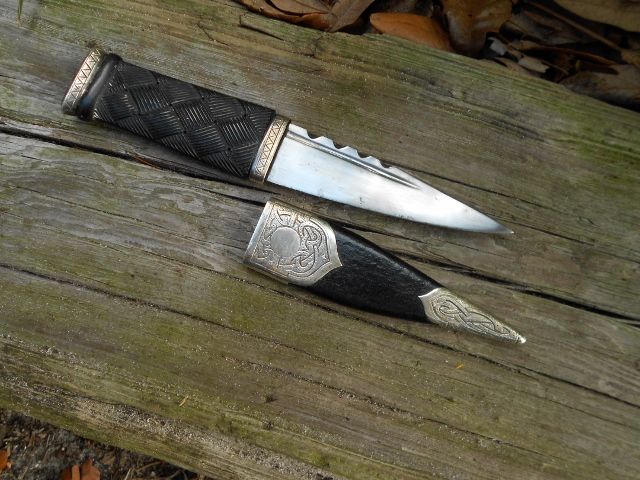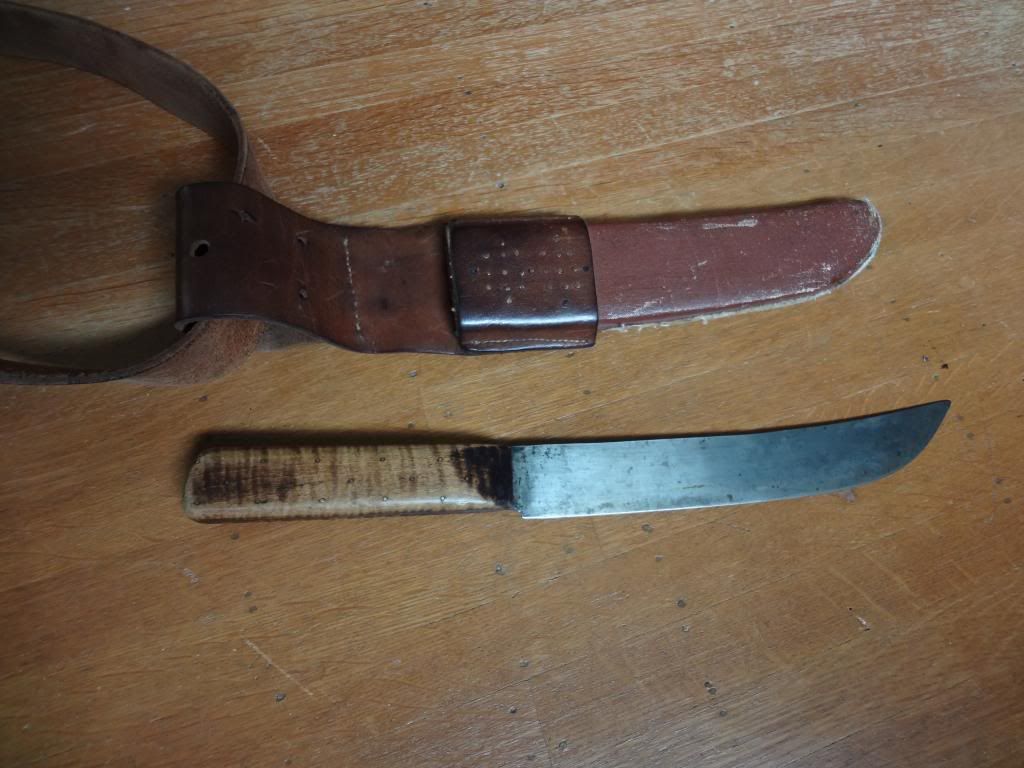LaBonte would know more than I, but some of the NDNs used birch bark as a liner for brain tan sheaths. I doubt many common folk would bother to go to the trouble of making a RH covered wood sheath. It may have happened, but not on a measurable scale. There would be a problem of keeping the blade in the sheath in a secure manner. It would need to be tied in, then it would not be as handy to retrieve as one held in by pressure from a belt or sash. There is not a lot of info on 18th c. sheaths, other than in art work, and a few back sewn center seam types for butchers and scalpers. light and simple seems to have been the norm.






